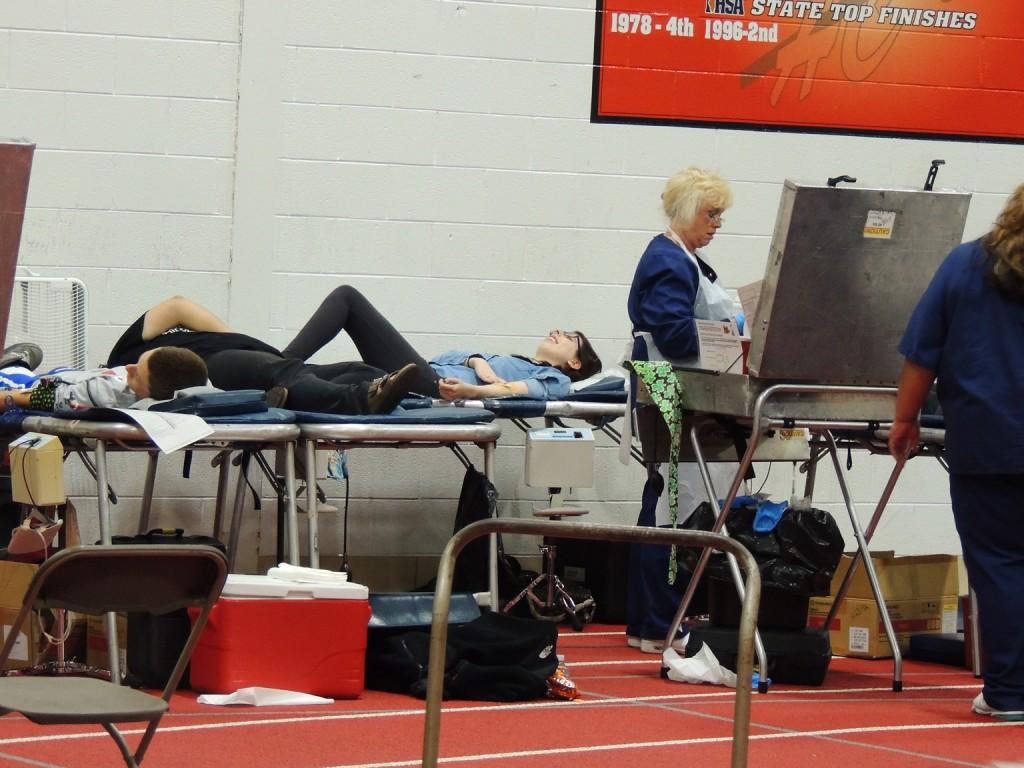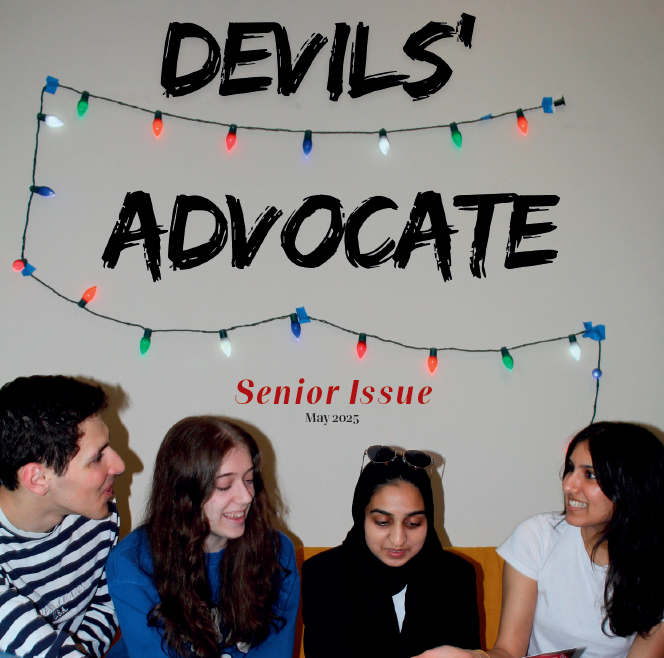The Business Professionals of America club held a blood drive in the Fieldhouse last Thursday. Although it surpassed last year’s count of 120 blood samples, there were numerous people who were unable to participate.
Before blood can be drawn, the potential donor must undergo a pre-screening. In addition to being under the minimum age requirement, 16, there are plenty of other reasons why a student might be forbidden from giving blood. “They’ll find out if a student has an iron-deficiency, or if the student has been to certain areas, like certain third-world countries. They have to weigh 110 pounds, they can’t be on any antibiotics, [and] if someone got a tattoo and it wasn’t in a licensed tattoo parlor, they can’t donate,” said Jennifer Jaczak, club sponsor of BPA.
Jessica Reid, senior, has tried donating blood in the past, but has been deferred. Each time, the person who has screened her has estimated that it will be between 10 and 15 years before she is allowed to donate. “Because I lived in the Netherlands for eight years and I ate meat there, I guess I have different stuff in my blood than people in America would have, so they can’t accept [it],” Reid said.
This issue impacts more than just students, however. Sean Kasak, a Health and PE teacher, is deterred from giving blood because of his iron-deficiency anemia.
“The type of anemia I have is called Thalassemia. Although it is mild and I am otherwise healthy, the Red Cross and other organizations who collect donated blood will not accept my blood for two reasons. One, having a low blood cell count won’t be helped by taking even more blood cells out of me. Two, people who receive blood should only receive blood that is in tip-top shape. If my blood was donated to another individual, it might not be safe for them,” Kasak said.
Although it may come as a surprise to some, exclusion from blood donation is not rare. According to an article from the Scientific American, only 38 percent of Americans are eligible to donate blood.













